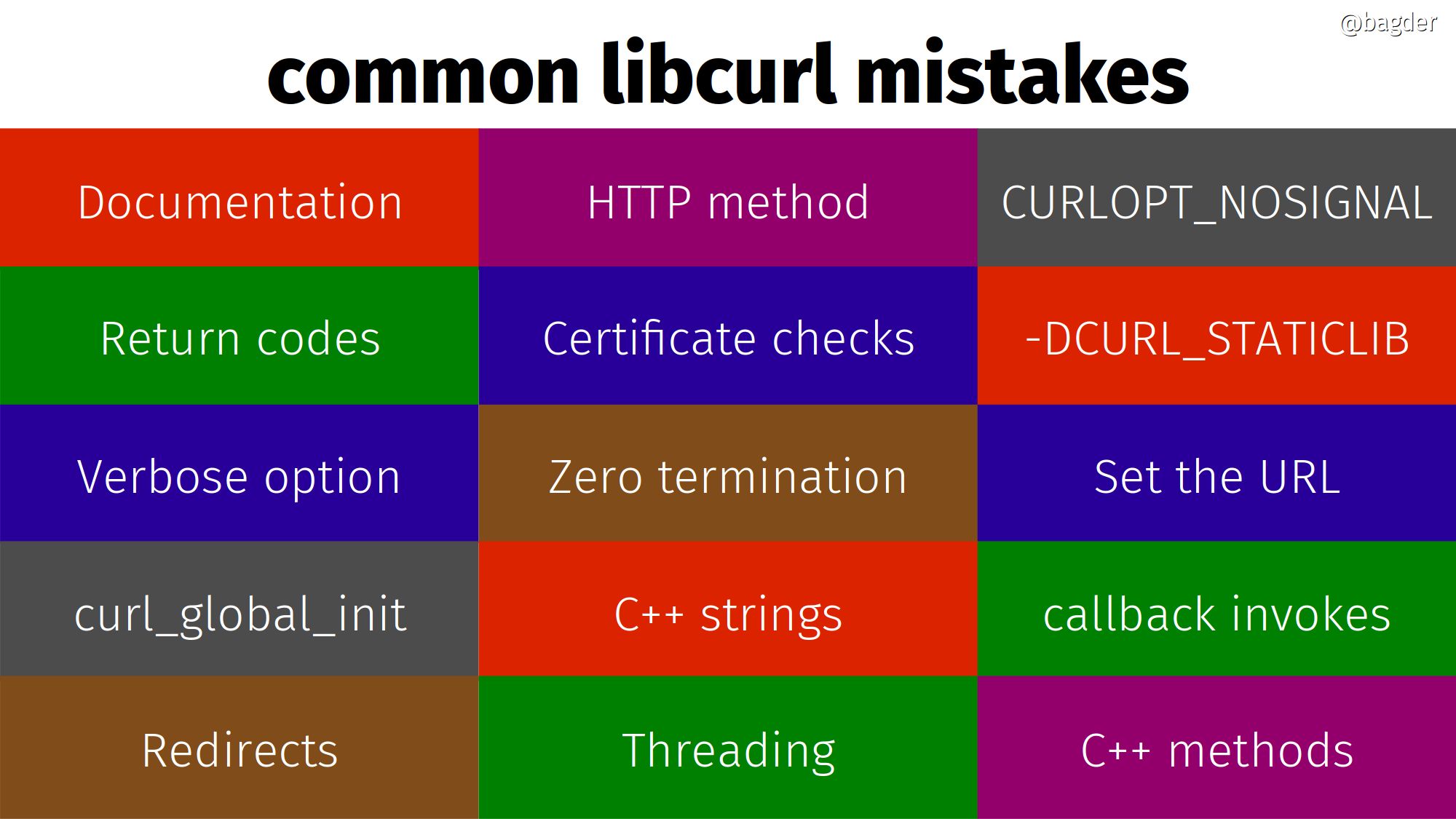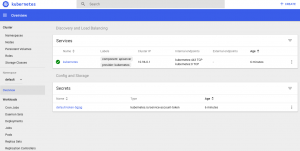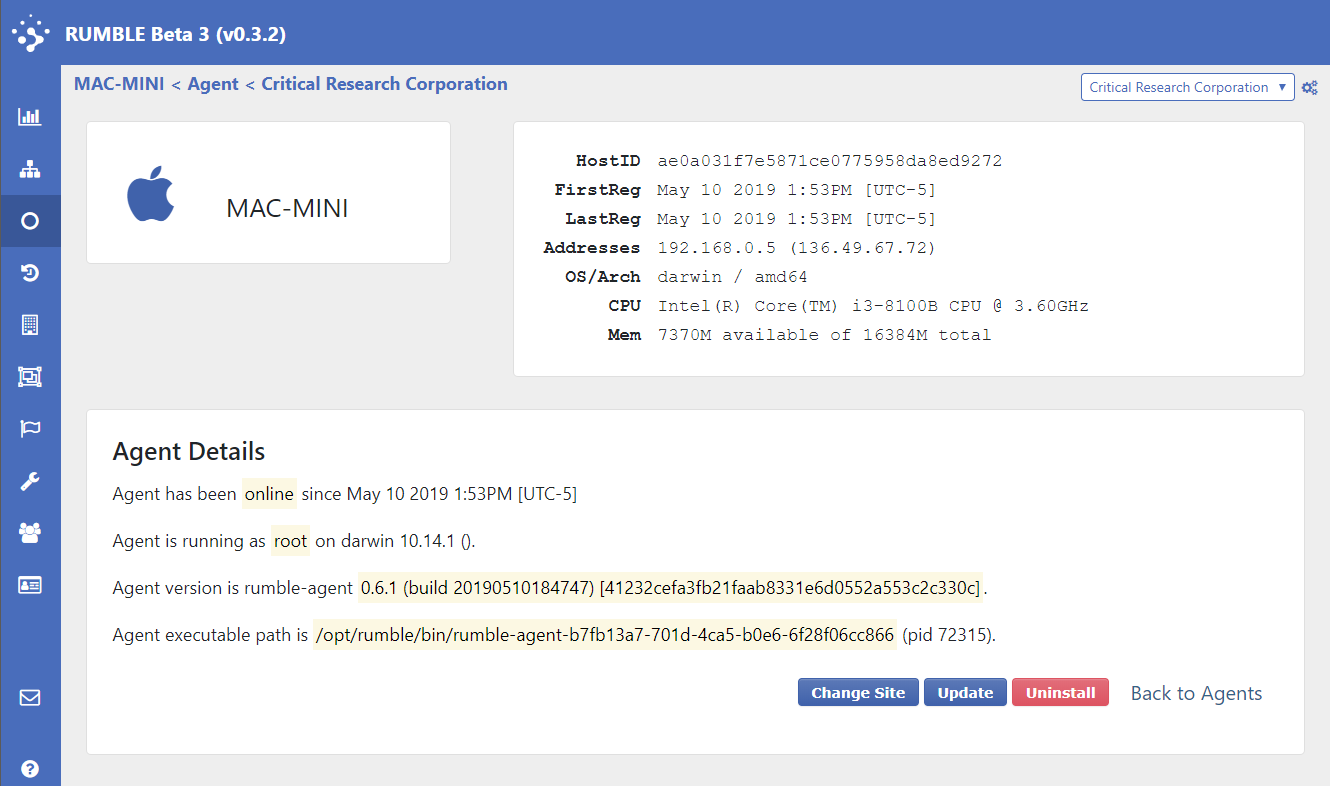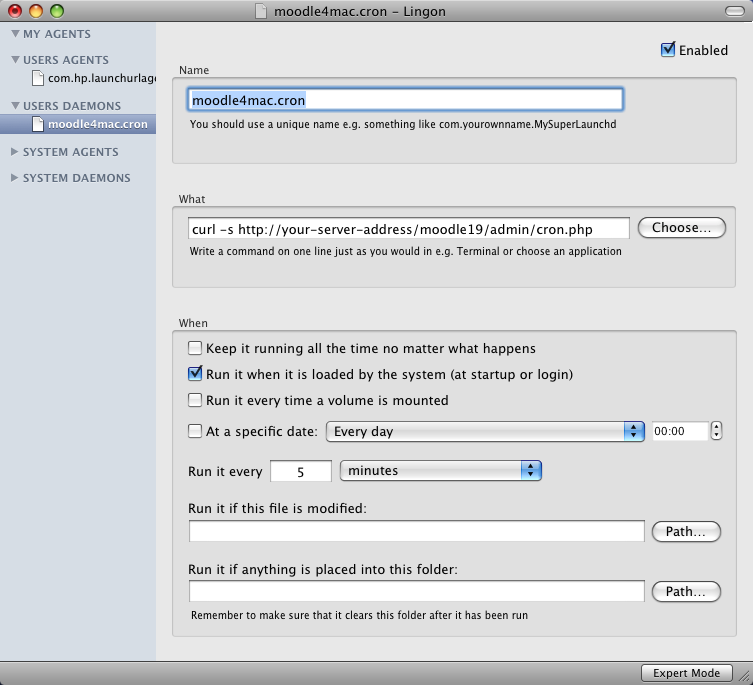

This can happen if you try to run Zeppelin with a SPARK_HOME that has a version of Spark other than the one specified with -Pspark-1.x when Zeppelin was compiled.R for macOS Developers R for macOS Developers

This is common on some operating systems as a workaround for ssh issues, but can interfere with R plotting.Īkka Library Version or TTransport errors. Check your shell login scripts to see if they are adjusting the DISPLAY environment variable.
#INSTALL LIBCURL FOR R ON MAC OS X MAC OS X#
If you try to install on a case-insensitive filesystem, which is the Mac OS X default, maven can unintentionally delete the install directory because r and R become the same subdirectory.Įrror unable to start device X11 with the repl interpreter. Why no ggvis or shiny? Supporting shiny would require integrating a reverse-proxy into Zeppelin, which is a task. This makes it many times slower than knitr, which can operate entirely in RAM. Why knitr Instead of rmarkdown? Why no htmlwidgets? In order to support htmlwidgets, which has indirect dependencies, rmarkdown uses pandoc, which requires writing to and reading from disc.

If you return a ame (for instance, from calling head()) from the %spark.r interpreter, it will be parsed by Zeppelin's built-in data visualization system. So if you execute three commands, and one is hist(), all you will see is the histogram, not the results of the other commands. Using the %r interpreter, if you return a ame, HTML, or an image, it will dominate the result. By default, Zeppelin puts the R interpreters in the %spark. (Note that %spark.r and %r are two different ways of calling the same interpreter, as are %spark.knitr and %knitr. If you run a chunk from Zeppelin that changes a variable, then run the same chunk again, the variable has already been changed. If Zeppelin isn't configured to interface with Spark in SPARK_HOME, the R interpreter will not be able to connect to Spark. The R interpreter must load a version of the SparkR package that matches the running version of Spark, and it does this by searching SPARK_HOME. You can also make an ordinary R variable accessible in scala and Python:Īlmost all issues with the R interpreter turned out to be caused by an incorrectly set SPARK_HOME. The same context are shared with the %spark, %sql and %pyspark interpreters: The Spark Context and SQL Context are created and injected into the local environment automatically as sc and sql. If SPARK_HOME is set, the SparkR package will be loaded automatically: If you define a variable from %r, it will be within-scope if you then make a call using knitr. The two interpreters share the same environment. %knitr interfaces directly against knitr, with chunk options on the first line:

If you return a ame, Zeppelin will attempt to display it using Zeppelin's built-in visualizations. Using the R Interpreterīy default, the R Interpreter appears as two Zeppelin Interpreters, %r and %knitr. That will ensure that Zeppelin sees the R Interpreter the first time it starts up. You should also copy conf/ to conf/zeppelin-site.xml. If it is not set, the R Interpreter will not be able to interface with Spark. The best way to do this is by editing conf/zeppelin-env.sh. To run Zeppelin with the R Interpreter, the SPARK_HOME environment variable must be set. We recommend you to also install the following optional R libraries for happy data analytics: R -e "install.packages(c('devtools','mplot', 'googleVis'), repos = '') require(devtools) install_github('ramnathv/rCharts')"


 0 kommentar(er)
0 kommentar(er)
